Discover the wonders of the map:7rrcl11nwno= greece, exploring its rich geography, ancient history, and cultural landmarks. A guide to Greece’s mainland, islands, and natural beauty.
Introduction
The map of Greece unveils a fascinating geographical tapestry that blends rich history, ancient landmarks, and diverse landscapes. From mountainous regions to coastal stretches, Greece presents a unique blend of natural beauty and cultural heritage. When navigating the map of Greece, one cannot help but marvel at how each area offers something distinct, whether it’s the mainland or the islands scattered across the Aegean and Ionian Seas. Whether you’re tracing the footsteps of ancient civilizations or discovering modern cities, understanding the map of Greece provides insights into how geography has shaped the culture and history of this remarkable country.
The Mainland of Greece: Regions and Topography
When you look at the map:7rrcl11nwno= greece, the mainland stands out as a pivotal part of the country’s identity. Mainland Greece is divided into several regions, each with its characteristics. In the northern part, we encounter Macedonia and Thrace, regions steeped in history, with mountainous terrain and dense forests. To the south, Central Greece features agricultural plains and stunning coastlines. Moving further south, the Peloponnese Peninsula emerges as a key feature on the map of Greece, connected to the mainland by the Isthmus of Corinth. This area is historically significant, home to ancient cities like Corinth and Sparta, offering a glimpse into Greece’s glorious past. The mainland is a diverse mix of mountains, plains, and coastlines, reflecting the nation’s variety in geography.

Northern Greece: Macedonia, Thrace, and Epirus
As we explore Northern Greece on the map, the regions of Macedonia, Thrace, and Epirus come into focus. These areas are vital to understanding Greece’s history and geopolitical significance. Macedonia, known for being the birthplace of Alexander the Great, is a land of mountains and ancient ruins. Thrace, bordering Turkey and Bulgaria, holds a unique position both geographically and culturally. Epirus, situated in the northwest, is characterized by rugged mountains and deep gorges, offering breathtaking natural beauty. These regions contribute significantly to the overall landscape seen on the map of Greece, blending nature with history.
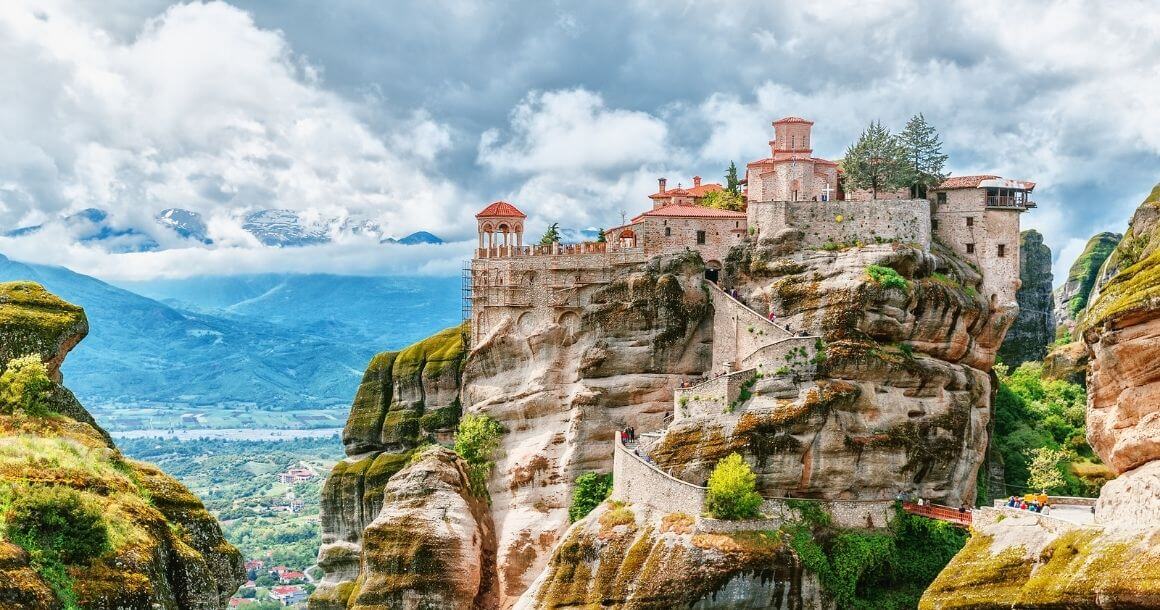
Central Greece: A Land of Mountains and Plains
When we shift our attention to Central Greece on the map, we encounter a region that offers a mixture of mountains and agricultural plains. Central Greece is home to Mount Parnassus, a mountain steeped in mythology, and the fertile plains of Thessaly, known for its agricultural output. This area is also a crucial part of Greece’s historical and cultural map, with ancient sites such as Delphi, where the Oracle once predicted the fate of leaders and nations. The combination of natural beauty and historical significance makes Central Greece an essential part of the map of Greece.

The Peloponnese Peninsula: A Historic Heartland
Looking at the map of Greece, the Peloponnese Peninsula stands out as a region rich in history and culture. Connected to the mainland by the Isthmus of Corinth, the Peloponnese is home to ancient cities like Mycenae, Olympia, and Sparta. Its mountainous terrain, coupled with fertile valleys, makes it a geographically diverse area. Historically, this region has been at the centre of Greek civilization, with its cities playing vital roles in ancient Greek politics and warfare. The Peloponnese is a place where history meets nature, a defining feature on the map of Greece.
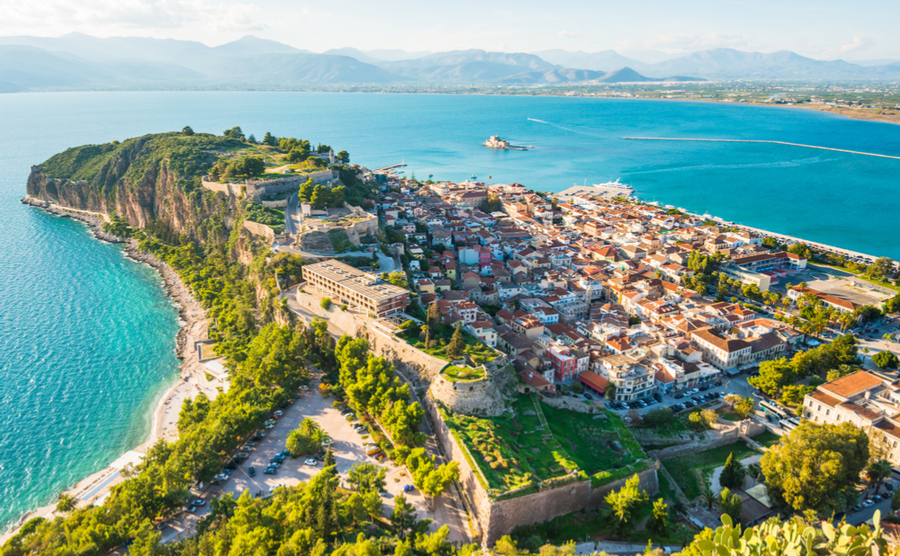
The Aegean Sea: A Hub of Islands
As you glance at the map of Greece, the Aegean Sea immediately catches your eye with its numerous islands. The Aegean Sea, situated between Greece and Turkey, is dotted with several island groups, including the Cyclades, the Dodecanese, and the Sporades. Each island group has its unique characteristics, from the whitewashed buildings of Mykonos and Santorini in the Cyclades to the medieval architecture of Rhodes in the Dodecanese. The islands of the Aegean Sea not only enhance the beauty of the map of Greece but also offer a glimpse into the maritime culture that has shaped Greek history for centuries.
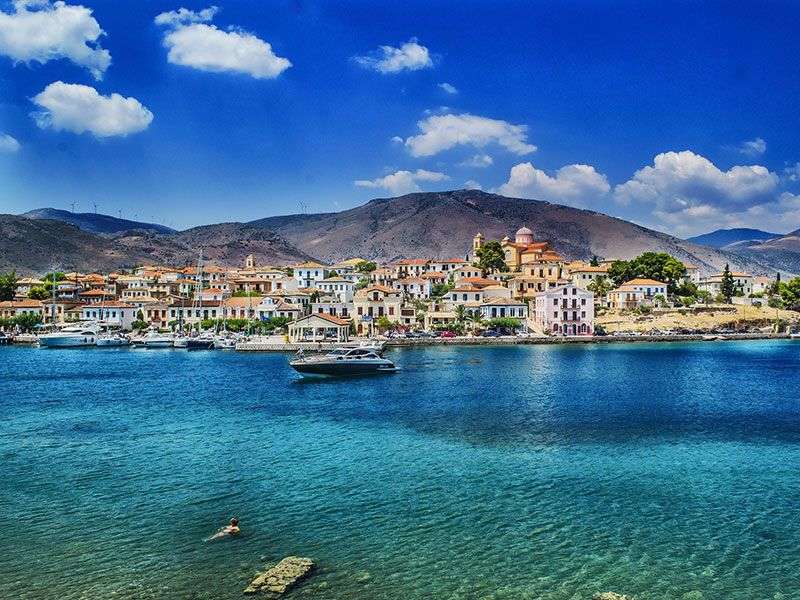
The Cyclades: Iconic Islands in the Aegean
One of the most recognizable groups of islands on the map of Greece is the Cyclades, a collection of islands known for their stunning beauty and cultural significance. Among the most famous are Mykonos, Santorini, and Naxos, islands that attract millions of visitors each year. The Cyclades are known for their iconic white-washed buildings, blue-domed churches, and breathtaking sunsets. These islands not only contribute to the visual appeal of the map of Greece but also offer a rich cultural experience, blending ancient ruins with modern tourism.
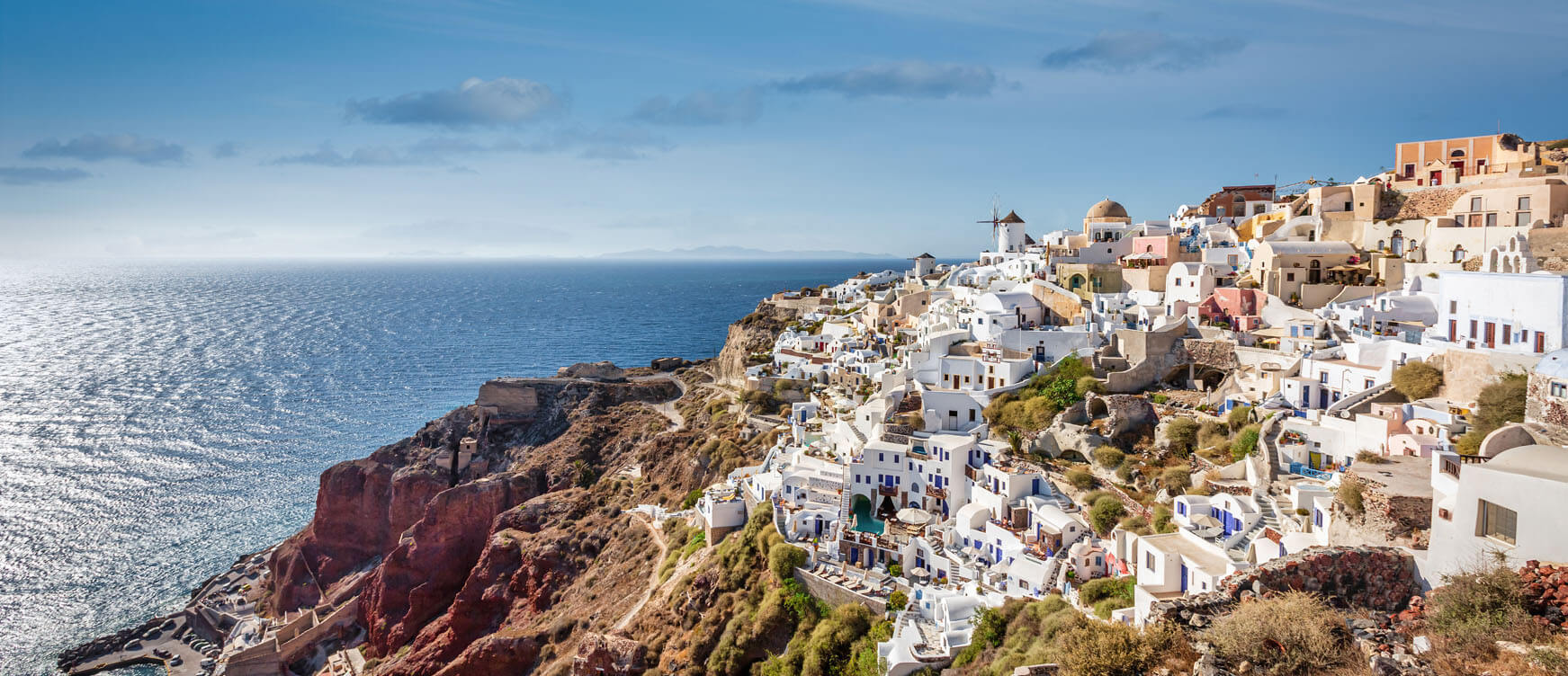
The Dodecanese: A Blend of Cultures
Another important island group on the map of Greece is the Dodecanese, located in the southeastern Aegean Sea near the coast of Turkey. This group of islands has been influenced by various cultures over the centuries, including Greek, Roman, Byzantine, and Ottoman. The island of Rhodes, in particular, is known for its medieval architecture and historical significance. Patmos, another island in the Dodecanese, is famous for being the place where Saint John wrote the Book of Revelation. The Dodecanese islands add a layer of cultural richness to the map of Greece, showcasing the blend of Eastern and Western influences.
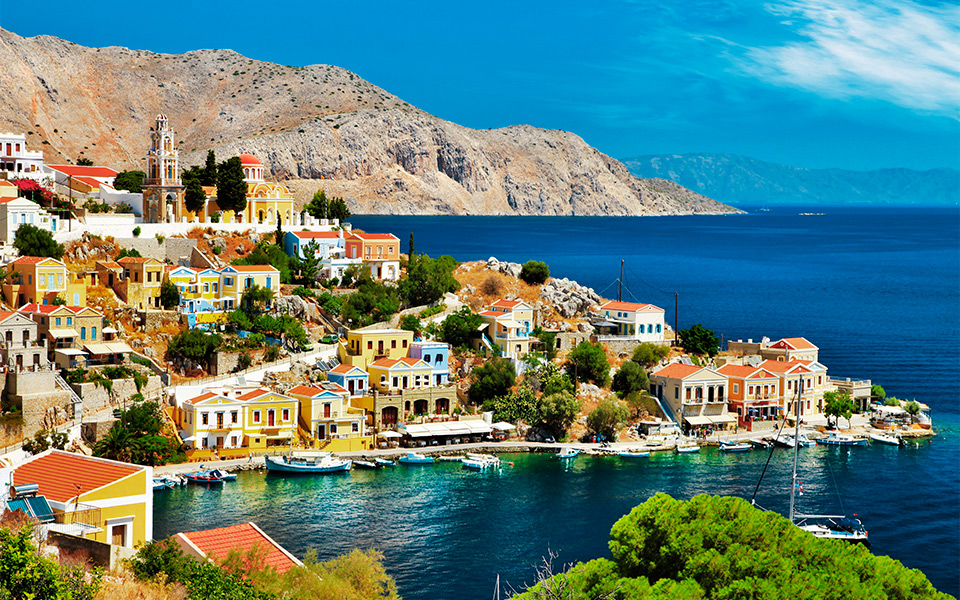
The Sporades: Lush Green Islands
Moving to the northern part of the Aegean Sea, the Sporades islands appear on the map of Greece as a group of green, forested islands known for their natural beauty. Skiathos and Skopelos are two of the most famous islands in this group, known for their pristine beaches and clear waters. Unlike the arid landscapes of the Cyclades, the Sporades islands are lush and green, offering a different kind of beauty. These islands contribute to the biodiversity and environmental diversity seen on the map of Greece.
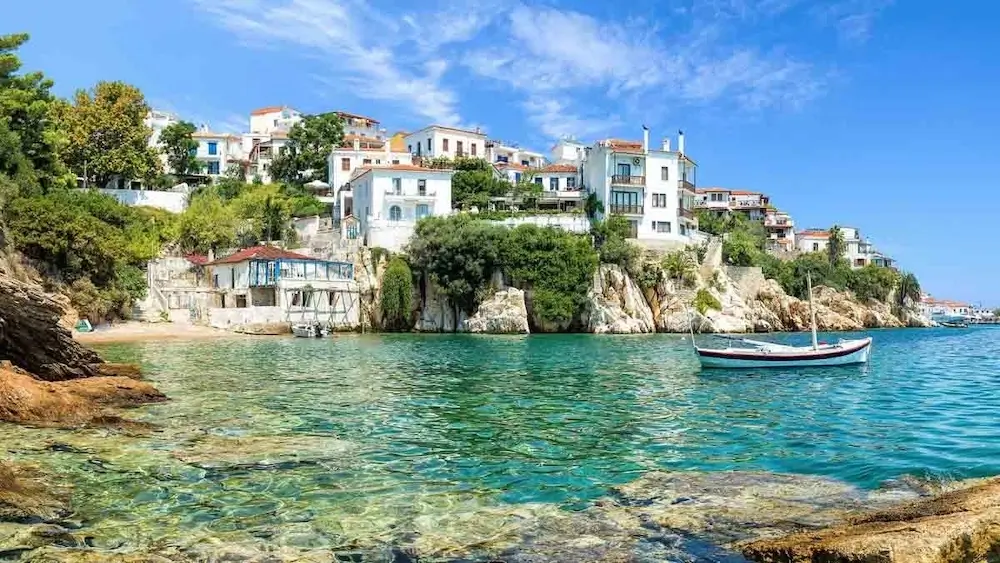
The Ionian Islands: Greece’s Western Gems
On the western side of Greece, the Ionian Islands mark an important part of the country’s map. Unlike the Aegean islands, the Ionian islands are located in the Ionian Sea and are known for their lush landscapes and Venetian-influenced architecture. Major islands like Corfu, Zakynthos, and Kefalonia are popular tourist destinations, offering a blend of natural beauty and historical sites. The Ionian Islands add a Western dimension to the map of Greece, showcasing the influence of European cultures on the Greek islands.

Crete: The Largest Greek Island
The map of Greece wouldn’t be complete without mentioning Crete, the largest Greek island and a cultural hub in its own right. Located to the south of the mainland, Crete is known for its diverse landscapes, from stunning beaches to rugged mountains. The island is also home to the ancient Minoan civilization, with its palace at Knossos being one of the most significant archaeological sites in Greece. Crete’s large size and cultural significance make it a vital part of the map of Greece, offering both historical depth and natural beauty.

Mount Olympus: Greece’s Mythical Mountain
No exploration of the map of Greece is complete without mentioning Mount Olympus, the highest mountain in Greece and the mythological home of the Greek gods. Located in northern Greece, Mount Olympus rises to 2,917 meters and is a popular destination for hikers and nature enthusiasts. The mountain is not only a geographical landmark but also a symbol of Greece’s rich mythological heritage. Mount Olympus is a prominent feature on the map of Greece, standing tall as a reminder of the country’s deep connection to its ancient past.
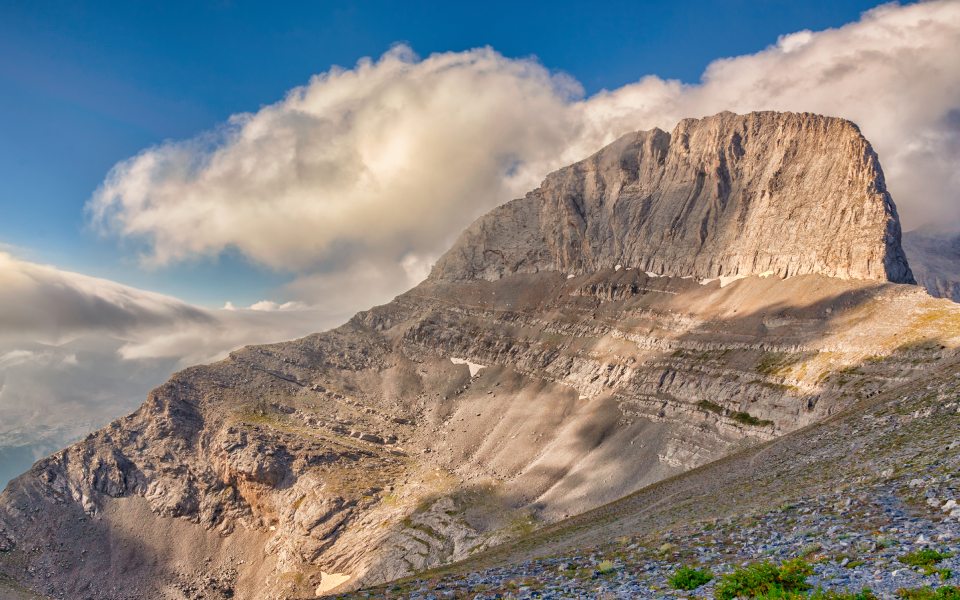
The Importance of the Aegean and Ionian Seas
The seas that surround Greece play a crucial role in its geography and history. The Aegean Sea, located to the east of mainland Greece, is home to most of Greece’s islands and serves as a vital maritime route. The Ionian Sea, located to the west, is known for its deep blue waters and the beautiful Ionian Islands. These seas not only enhance the visual beauty of the map of Greece but also provide important economic and strategic benefits, contributing to Greece’s role as a major maritime nation throughout history.
The Impact of Geography on Greek Culture
The geography of Greece, as seen on its map, has had a profound impact on its culture and history. The mountainous terrain of mainland Greece contributed to the development of city-states, or polis, which were isolated from each other and developed their own unique cultures and governments. The numerous islands scattered across the Aegean and Ionian seas fostered a maritime culture that encouraged trade, exploration, and colonization. The map:7rrcl11nwno= greece is more than just a collection of physical features; it’s a reflection of the cultural and historical forces that have shaped this country for millennia.
Historical Sites on the Map of Greece
One of the most striking aspects of the map of Greece is the number of historical sites that dot its landscape. From the ancient ruins of Athens and Delphi to the Palace of Knossos on Crete, Greece is a treasure trove of archaeological wonders. These sites are not only important for understanding the history of Greece but also for appreciating the rich cultural heritage that has been passed down through the centuries. The historical significance of these landmarks makes the map of Greece a vital tool for anyone interested in exploring the country’s past.

Natural Wonders on the Map of Greece
In addition to its rich history, the map:7rrcl11nwno= greece also reveals a country blessed with stunning natural beauty. From the towering peaks of Mount Olympus to the deep gorges of Vikos in Epirus, Greece offers a diverse range of natural landscapes. The country’s coastline, with its crystal-clear waters and pristine beaches, is another major feature that attracts millions of visitors each year. The map of Greece is a guide to these natural wonders, offering a glimpse into the breathtaking scenery that awaits travellers.
Islands as Key Features on the Map of Greece
Greece’s islands are arguably one of the most defining features of its map. With over 6,000 islands and islets, Greece boasts one of the longest coastlines in the world. While only around 200 of these islands are inhabited, they play a crucial role in Greece’s culture, economy, and tourism. The Cyclades, Dodecanese, and Ionian Islands are just a few examples of the island groups that have become iconic symbols of Greece. Each island has its unique charm, making the map of Greece a dynamic and ever-changing landscape.
Modern Greece on the Map: Cities and Infrastructure
In modern times, the map:7rrcl11nwno= greece has evolved to include a well-developed infrastructure that connects its cities, towns, and islands. Major highways, such as the Egnatia Odos in northern Greece, link key cities like Thessaloniki and Ioannina, while modern ports in Piraeus and Heraklion serve as gateways to the islands. Greece’s extensive ferry network makes travelling between the islands a seamless experience, while its airports connect the country to international destinations. The modern map of Greece reflects a nation that has embraced progress while staying true to its rich history and culture.

Conclusion
Understanding the map:7rrcl11nwno= greece is essential for anyone interested in the country’s geography, history, and culture. From the towering mountains of the mainland to the idyllic islands of the Aegean and Ionian seas, Greece offers a diverse and fascinating landscape. The map:7rrcl11nwno= greece is not just a geographical tool; it’s a window into the country’s rich past and its vibrant present. Whether you’re exploring ancient ruins, relaxing on a beach, or hiking through rugged mountains, the map:7rrcl11nwno= greece is your guide to one of the most captivating countries in the world.
Read Also: hiking:nxl3htu7eh8= stone mountain A Journey Through Nature’s Majesty
